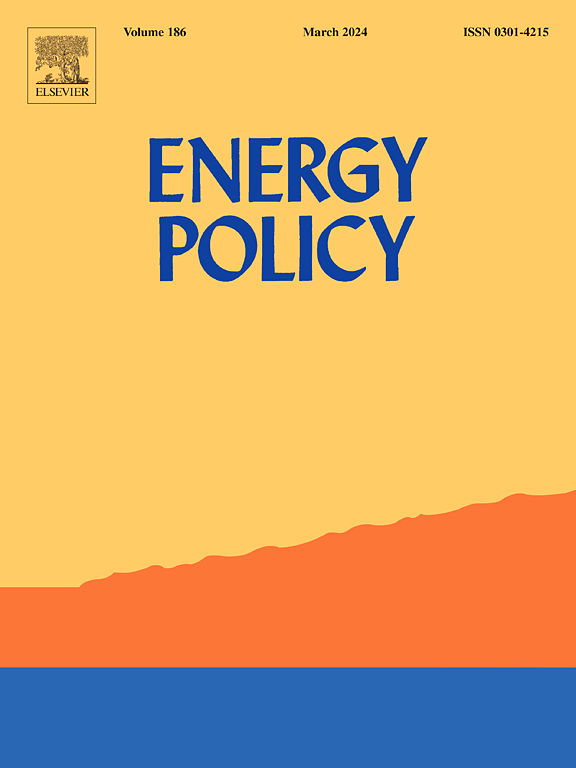1990-2018年耕地空间转移对中国粮食生产农业投入碳足迹的影响
IF 9.3
2区 经济学
Q1 ECONOMICS
引用次数: 0
摘要
耕地空间转移正在全球范围内发生,可能在不同空间尺度上影响粮食生产农业投入的人为温室气体排放。这种影响的程度及其区域差异是关键问题。我们以中国为研究区域,通过整合 1990-2018 年期间的多源数据,量化了耕地空间转移对中国粮食生产农业投入碳足迹(CFAI)的影响。结果显示,1990-2018年,中国耕地中心点向西北移动了83公里,导致全国单位耕地面积CFAI增加了2%。从地区来看,西北干旱区由于耕地面积急剧扩大,单位耕地面积的CFAI最高,对CFAI增加的贡献最大,约为920万吨二氧化碳当量(CO2-eq)。这项研究揭示了在制定土地利用规划和耕地保护政策时考虑耕地扩张导致的 CFAI 增加的重要性。本文章由计算机程序翻译,如有差异,请以英文原文为准。
Impact of cropland spatial shift on carbon footprint of agricultural inputs for grain production in China, 1990–2018
Cropland spatial shifts are occurring globally, potentially influencing anthropogenic greenhouse gas (GHG) emissions of agricultural inputs for grain production at different spatial scales. The extent of this impact and its regional variations are key questions. Taking China as the study area, we quantified the impacts of cropland spatial shifts on carbon footprints of agricultural inputs (CFAI) for grain production in China by integrating multi-source data during 1990–2018. Results revealed that cropland centroid in China moved 83 km northwestward from 1990 to 2018, resulting in a 2% increase in CFAI per unit cropland area at the national level. By region, the Northwestern arid region contributed the most to the increase in CFAI, about 9.2 Mt carbon dioxide equivalent (CO2-eq), due to the dramatic cropland expansion and highest CFAI per unit cropland area. This study reveals the importance of considering the increase in CFAI resulted from cropland expansion when formulating land use planning and cropland protection policies.
求助全文
通过发布文献求助,成功后即可免费获取论文全文。
去求助
来源期刊

Energy Policy
管理科学-环境科学
CiteScore
17.30
自引率
5.60%
发文量
540
审稿时长
7.9 months
期刊介绍:
Energy policy is the manner in which a given entity (often governmental) has decided to address issues of energy development including energy conversion, distribution and use as well as reduction of greenhouse gas emissions in order to contribute to climate change mitigation. The attributes of energy policy may include legislation, international treaties, incentives to investment, guidelines for energy conservation, taxation and other public policy techniques.
Energy policy is closely related to climate change policy because totalled worldwide the energy sector emits more greenhouse gas than other sectors.
 求助内容:
求助内容: 应助结果提醒方式:
应助结果提醒方式:


